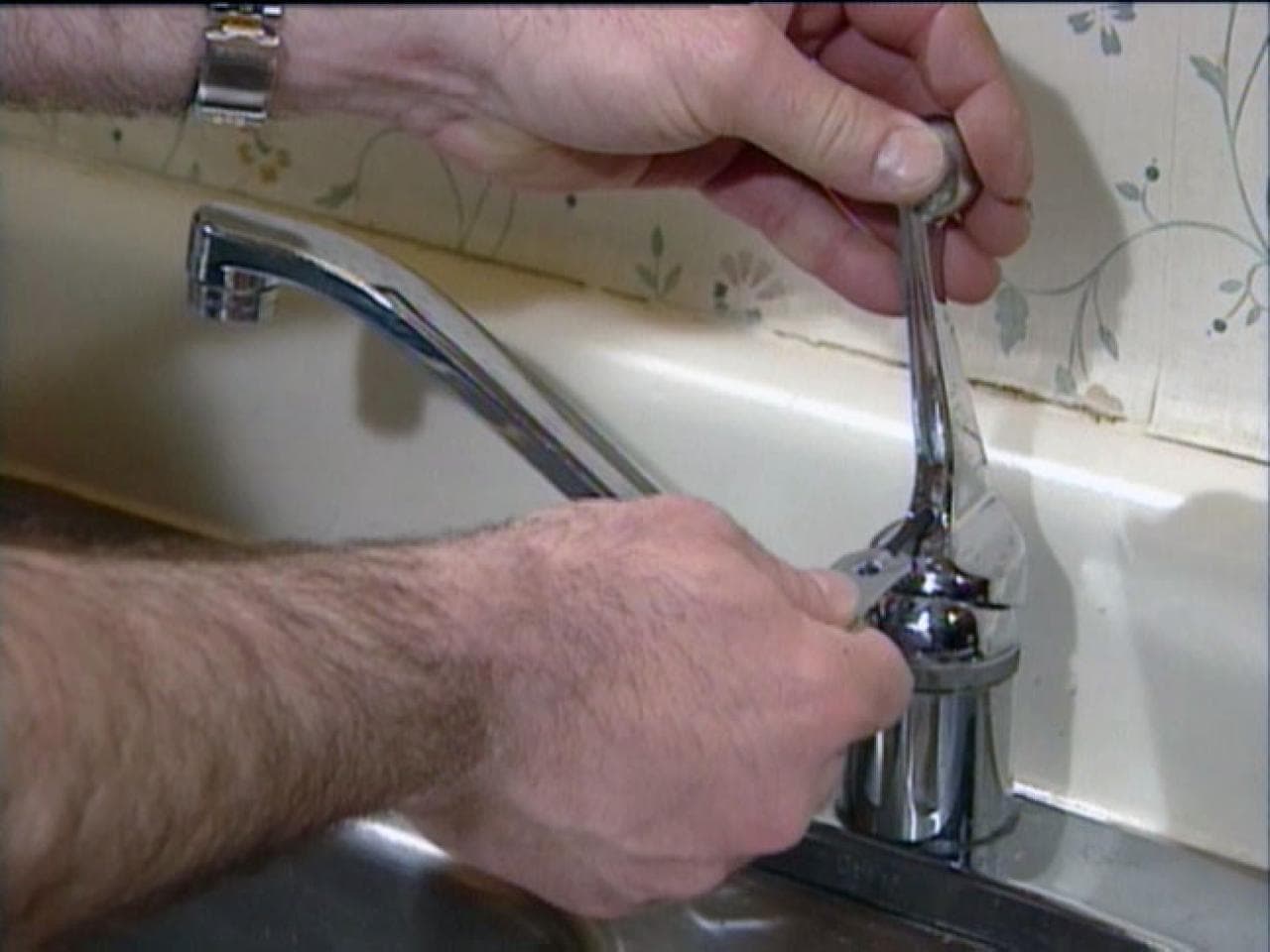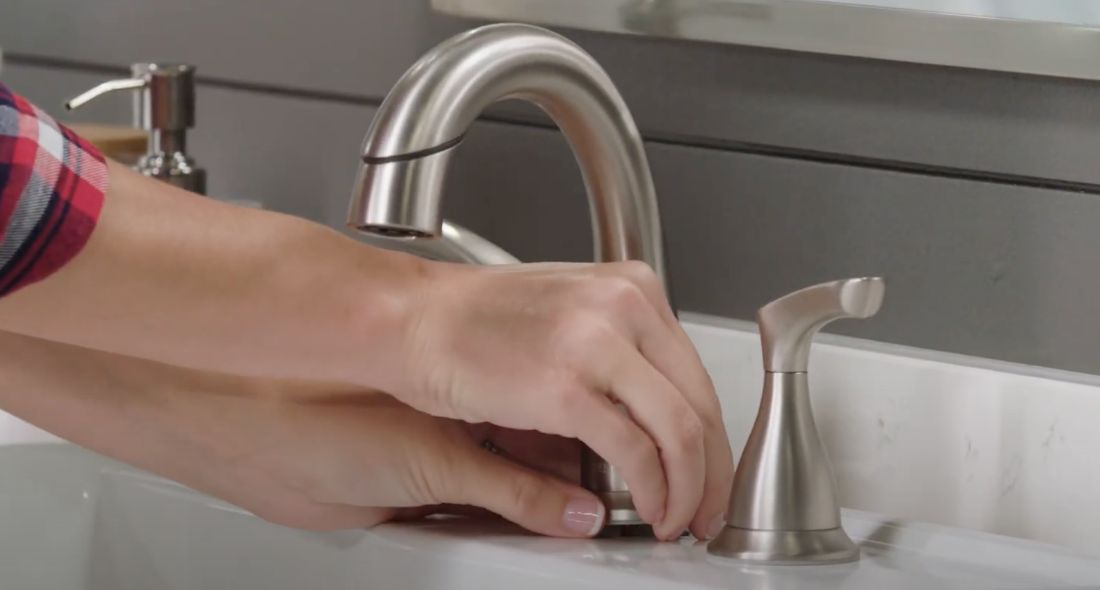We have uncovered this article on Water Dripping from Faucet: Why and How to Fix below on the web and decided it made perfect sense to discuss it with you on this page.

Trickling taps may look like a small aggravation, but their influence goes beyond just the nuisance of the audio. From wasting water to incurring unneeded monetary expenses and health and wellness threats, neglecting a dripping faucet can lead to different repercussions. In this write-up, we'll delve into why it's important to resolve this common house concern immediately and efficiently.
Waste of Water
Environmental Effect
Dripping faucets add considerably to water waste. According to the Environmental Protection Agency (EPA), a solitary tap leaking at one drip per second can lose greater than 3,000 gallons of water annually. This not only strains water sources yet also affects ecosystems and wildlife dependent on them.
Step-by-Step Guide to Repairing a Dripping Faucet
Tools Called for
Before attempting to take care of a trickling tap, gather the essential tools, including a flexible wrench, screwdrivers, substitute parts (such as washing machines or cartridges), and plumber's tape.
Common Tap Issues and Their Solutions
Recognize the kind of tap and the particular issue creating the drip. Common troubles include damaged washing machines, corroded valve seats, or defective O-rings. Describe supplier directions or on-line tutorials for step-by-step guidance on fixings.
Financial Costs
Boosted Water Bills
Past the environmental impact, leaking faucets can blow up water expenses considerably. The gathered wastage with time translates into greater energy expenditures, which might have been prevented with timely repairs.
Possible Home Damage
Furthermore, extended dripping can lead to damage to fixtures and surfaces surrounding the faucet. Water accumulation can create discoloration, deterioration, and even structural concerns if left neglected, causing added repair costs.
Wellness Worries
Mold and Mildew Growth
The consistent visibility of wetness from a dripping faucet develops an excellent atmosphere for mold and mold development. These fungi not only jeopardize indoor air high quality but likewise position wellness dangers, specifically for individuals with respiratory system conditions or allergies.
Waterborne Illness
Stationary water in trickling taps can come to be a breeding ground for bacteria and other microorganisms, raising the danger of waterborne diseases. Pollutants such as Legionella bacteria prosper in stagnant water, possibly leading to major ailments when consumed or inhaled.
DIY vs. Specialist Repair
Benefits and drawbacks of Do It Yourself Repair
While some may attempt to repair a dripping tap themselves, DIY fixings feature their very own collection of obstacles. Without correct understanding and devices, DIY attempts can exacerbate the concern or bring about incomplete repair work, prolonging the problem.
Benefits of Hiring a Professional Plumber
Employing a professional plumber makes sure that the underlying source of the trickling faucet is resolved effectively. Plumbing professionals have the expertise and tools to diagnose and fix faucet issues successfully, saving time and minimizing the danger of further damages.
Environmental Obligation
Individual Contribution to Preservation
Taking duty for dealing with trickling taps lines up with wider efforts toward water preservation and ecological sustainability. Every person's activities jointly make a significant effect on maintaining valuable resources.
Lasting Living Practices
By prioritizing punctual repair work and taking on water-saving practices, people contribute to lasting living methods that benefit both present and future generations.
Preventive Measures
Regular Upkeep Tips
To avoid dripping taps, do regular maintenance such as cleaning up aerators, evaluating for leakages, and replacing damaged parts promptly. In addition, think about installing water-saving devices or updating to much more reliable components.
Significance of Prompt Fixes
Dealing with trickling taps as quickly as they're discovered stops more water waste and prospective damages, ultimately saving both water and money in the future.
Influence On Home Value
Understanding of Well-Maintained Building
Keeping a residential or commercial property in good condition, including attending to upkeep issues like dripping taps, boosts its viewed value and value among possible customers or occupants.
Influence on Resale Value
Properties with properly maintained plumbing components, consisting of faucets, command higher resale values in the property market. Resolving trickling taps can add to a positive impression during building evaluations and settlements.
Conclusion
Resolving a leaking tap surpasses simple benefit; it's an essential step towards conserving water, reducing economic expenses, and guarding health and residential property. Whether via do it yourself fixings or specialist aid, doing something about it to deal with trickling taps is a little yet impactful way to promote liable stewardship of sources and contribute to a healthier, more lasting future.
How to Fix a Leaky Faucet: Step-by-Step Repair Guide
A leaky faucet may seem like a simple annoyance, but if it's not fixed promptly, that leak could cost hundreds to potentially thousands. From water damage to mold, mildew, and high water bills, even a tiny leak can be catastrophic if left unattended. Damage like this can even affect the overall value of your home, so it's important to take the right approach for leaky faucet repair. You may need the help of a plumber in some cases, but we've got a few tips you can try on how to fix a leaky faucet before calling the pros.
Four Faucet Types
When you're learning how to fix a leaky faucet, the first step is knowing what kind of faucet you're working with! There are four common types.
Cartridge Faucets
Cartridge faucets come in one- or two-handled varieties. In one-handled cartridge faucets, hot and cold water combines in a single cartridge. In the two-handled versions, hot and cold water are controlled separately and mixed in the faucet.
Ball Faucets
Ball faucets have a single lever you push up and down to adjust the pressure and rotate to change the temperature. A slotted metal ball controls the amount of water allowed into the spout.
Compression Washer Faucets
They're the oldest type of faucet, but they're still used in many homes — especially older ones. Compression faucets have two separate handles that, when turned, raise or lower the washer that seals a water valve. This valve stops water from flowing through the faucet when it is turned off.
Disc Faucets
Disc faucets rarely need to be repaired due to their maintenance-free design. The water flow is controlled by two discs — the upper one raises and lowers against a fixed lower disc, creating a watertight seal. If your disc faucet starts leaking, you may need to replace the seals or clean residue buildup from the inlets.
Fixing a Leaky Faucet
Step 1: Turn Off the Water
Whether you're learning how to fix a leaky bathtub faucet or how to fix a leaky kitchen faucet, always turn off the water supply to your working area when you're fixing a leak. The last thing you want is a flood added to your list of things to fix.
Look for the shutoff valves below your sink or around the tub and turn them clockwise to stop the water flow. If your faucet doesn't have shutoff valves, you may need to turn off the water for the whole house. Check to make sure it's off by turning the faucet on. If nothing comes out, you're ready to start the repair.
Step 2: Take Apart the Faucet
How you disassemble your faucet depends on the type of fixture you have. You can use a flathead screwdriver to remove the caps on top of the handle or handles for cartridge and compression faucets. Inside, you should see handle screws. Unscrew these with a screwdriver to remove the handle.
Disc- and ball-style faucets will typically have an inlet screw near the handle, and removing that will reveal the interior of the faucet.
Detach the Valve Stem
For cartridge- and compression-style faucets, you'll see the inner valve stem or cartridge once you remove the faucet handles. If you have a compression faucet, unscrew the brass valve stem. If you have a cartridge faucet, pull out the cartridge. If your cartridge has been in place for a while, it may require some tools or extra force to remove it due to mineral deposits.
Examine and Replace Parts
Once you've removed the parts, check them out to confirm what needs to be replaced. You may see corroded rubber washers, O-rings, stems, or cartridges. On a ball-style faucet, check the seats and springs for damage.
If you need to repair a leaky disc faucet, check the inlet and seals on the lower disc.
Once you determine what parts must be replaced, visit your local hardware store. Bring the damaged parts with you to ensure you can purchase the correct components to replace them.
Clean Valves and Faucet Cavity
If you've removed a stem or cartridge, you may notice mineral buildup in the faucet's threads. Use white vinegar to clean the valve seat by soaking it for a few minutes, then scrub it away with a soft toothbrush and rinse with warm water. You can also clean the interior of the faucet in the same way.
Reassemble the Faucet
Once your faucet is cleaned and the required parts have been replaced, it's time to reassemble it. Put the pieces back together and slowly turn the water supply back on. Doing this slowly is crucial because too much initial water pressure can damage the new hardware you've just installed.
https://homewarranty.firstam.com/blog/how-to-fix-leaky-faucet

We had been made aware of that write-up about Water Dripping from Faucet: Why and How to Fix through a friend on a different web blog. Sharing is good. You won't know, you will be helping someone out. We value reading our article about How to Fix a Dripping or Leaky Faucet .